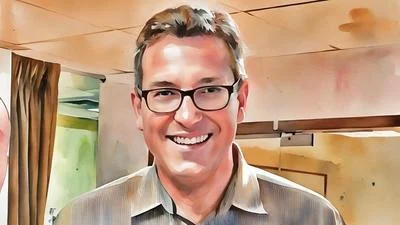Quick Facts
Significance:
Experimental physicist and Nobel Prize winner
Place of Birth:
San Francisco, CA
Date of Birth:
June 13, 1911
Place of Death:
Berkeley, CA
Date of Death:
Sept. 1, 1988
Place of Burial:
Cremated (ashes spread over Monterey Bay)
Born in San Francisco in 1911, Luis Alvarez received his PhD from the University of Chicago in 1936. Shortly after he began working at the Radiation Laboratory (Rad Lab) at the University of California and then at Massachusetts Institute of Technology until 1943.
In 1943, Alvarez joined the Manhattan Project at the University of Chicago’s Met Lab, working on equipment designed to detect possible German nuclear reactors and assisting in the operation of CP-2. In 1944, with the encouragement of J. Robert Oppenheimer, Alvarez moved to Los Alamos and began to work on implosion methods. It was here in New Mexico that he witnessed the Trinity test on July 16, 1945. Less than one month later, Alvarez was part of an observation team on the Great Artiste, a B-29 Superfortress alongside the Enola Gay that dropped the atomic bomb on Hiroshima, Japan on August 6, 1945.
After the war, Alvarez received numerous awards for his research, including the Nobel Prize in Physics for his work on elementary particle physics in 1968. In 1980, Alvarez developed the hypothesis that dinosaurs went extinct 65 million years ago due to an asteroid. Luis Alvarez died in Berkeley, CA in 1988.
Manhattan Project National Historical Park
You Might Also Like
Loading results...
Tags
* manhattan project national historical park
* people
* scientist
* hispanic
Source: U.S. Department of the Interior, National Park Service






